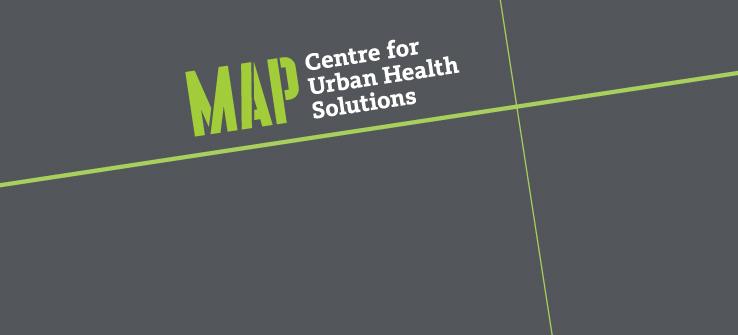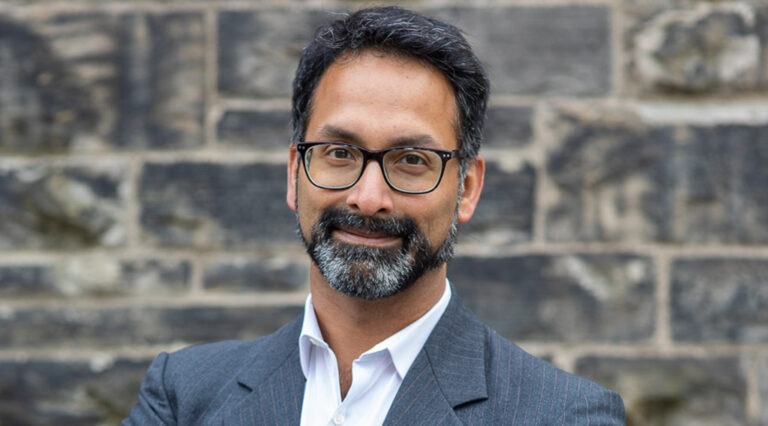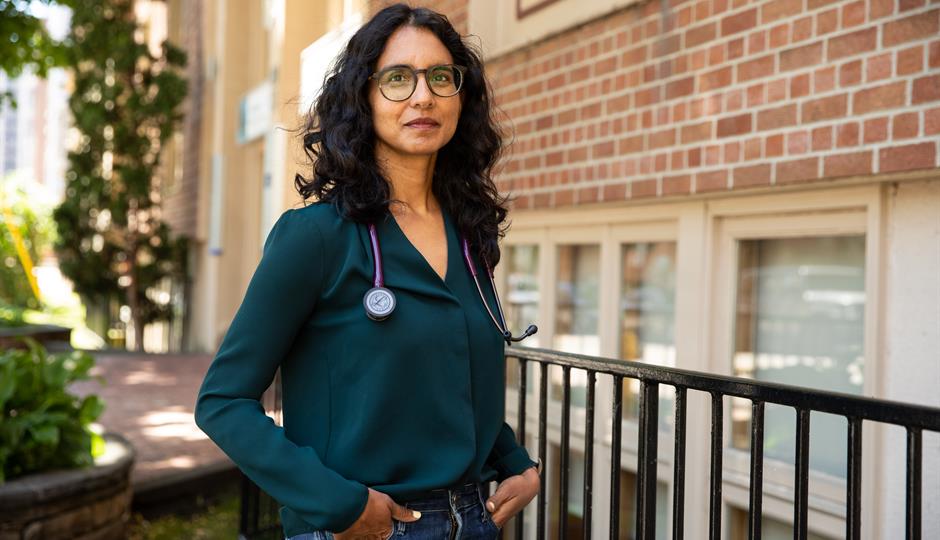Lire cet article en français
From the Toronto Star
Canadian researchers are calling for an independent national inquiry into the country’s COVID-19 strategy, stating that major pandemic failures hampered Canada’s emergency response, including its ability to protect the most vulnerable.
In a series of papers published Monday in the BMJ (British Medical Journal), researchers point to data that shows Canada did not fare well in some aspects of its pandemic response, highlighting how COVID ravaged the country’s long-term-care homes — leading to a disproportionate number of deaths.
And, they warn, Canada’s relative successes, such as its high vaccination rates, obscure persistent geographical, social and economic COVID inequities across the country.
As of June, Canada’s cumulative COVID death rate of 1,372 per million exceeded the global average of 855 per million and was higher than Australia’s rate of 814 deaths per million people, according to figures released Monday.
And while Canada has one of the lowest death rates among G10 nations, lower-income Ontarians have died of COVID at much higher rates than those with higher incomes — even after the rollout of vaccines, antiviral medications and COVID treatments.
New data published in the BMJ series shows that rates of COVID hospitalizations and deaths in Ontario remained threefold higher in the lowest-income neighbourhoods, compared to the highest-income areas across seven pandemic waves.
“We are calling for an inquiry that will hold our governments and our public health systems accountable,” said Dr. Sharmistha Mishra, one of the co-authors of the series and an infectious disease physician and mathematical modeler at St. Michael’s Hospital, a part of Unity Health Toronto.
« Il est impossible de déplorer 50 000 morts sans s’interroger sur les raisons de ces décès » : Des chercheurs demandent au Canada d’organiser une enquête nationale sur la COVID-19
Tiré du Toronto Star
Des chercheurs canadiens réclament une enquête nationale indépendante sur la stratégie COVID-19 du pays, affirmant que les échecs majeurs dans la lutte contre la pandémie ont entravé les mesures d’urgence du Canada, y compris sa capacité à protéger les personnes les plus vulnérables.
Dans une série d’articles publiés lundi dans le BMJ (British Medical Journal), des chercheurs soulignent les données qui montrent que le Canada n’a pas été à la hauteur dans certains aspects de sa réaction à la pandémie, soulignant la façon dont la COVID-19 a fait des ravages dans les maisons de soins de longue durée du pays, entraînant un nombre démesuré de décès.
Selon eux, les résultats relativement bons du Canada, notamment en ce qui concerne ses taux élevés de vaccination, masquent des inégalités géographiques, sociales et économiques persistantes dans à l’échelle du pays.




